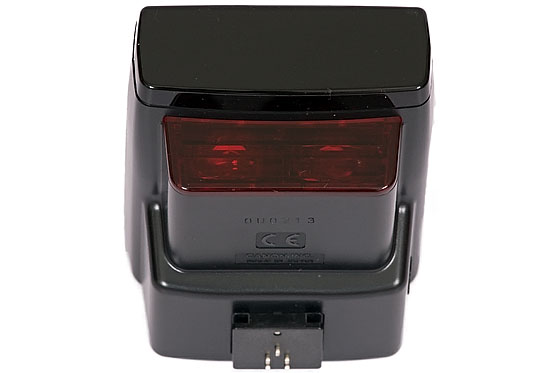Canon ST-E2 Speedlite Transmitter Review
Video Review
You can watch my video review of this accessory on YouTube at the following link:
Canon ST-E2 Speedlite Transmitter Overview
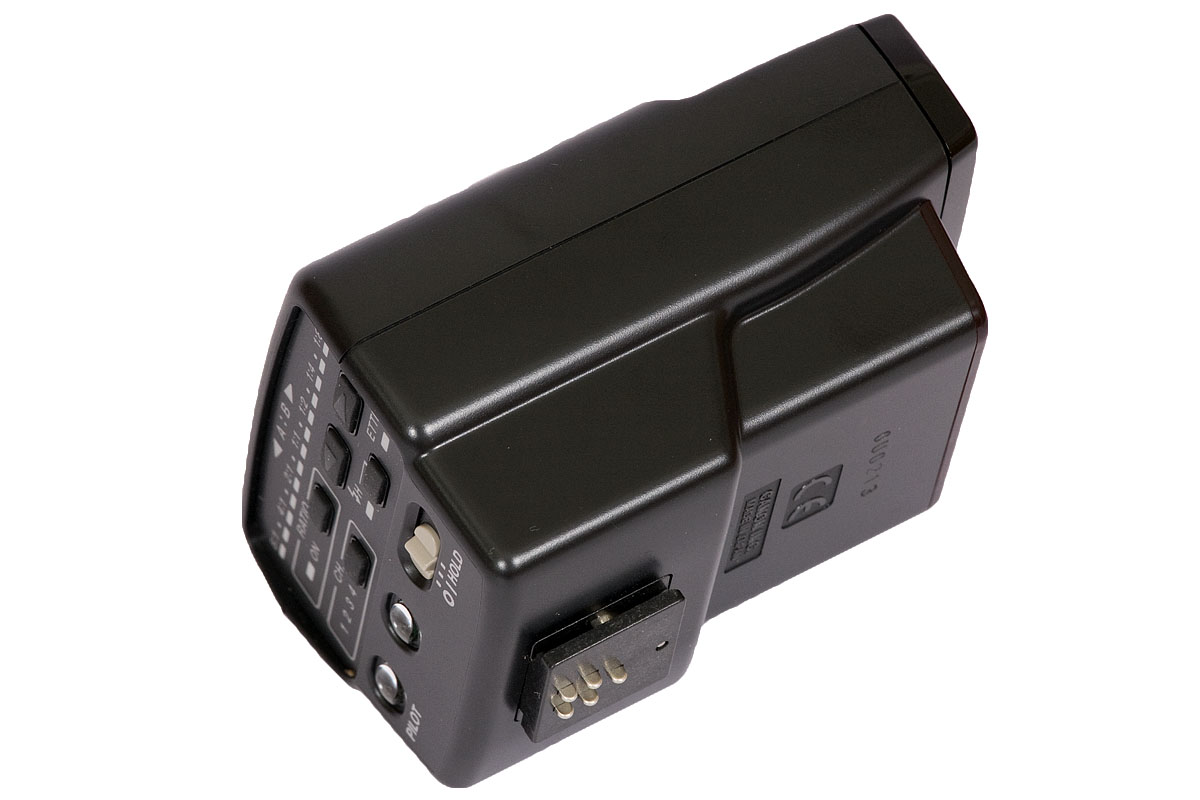
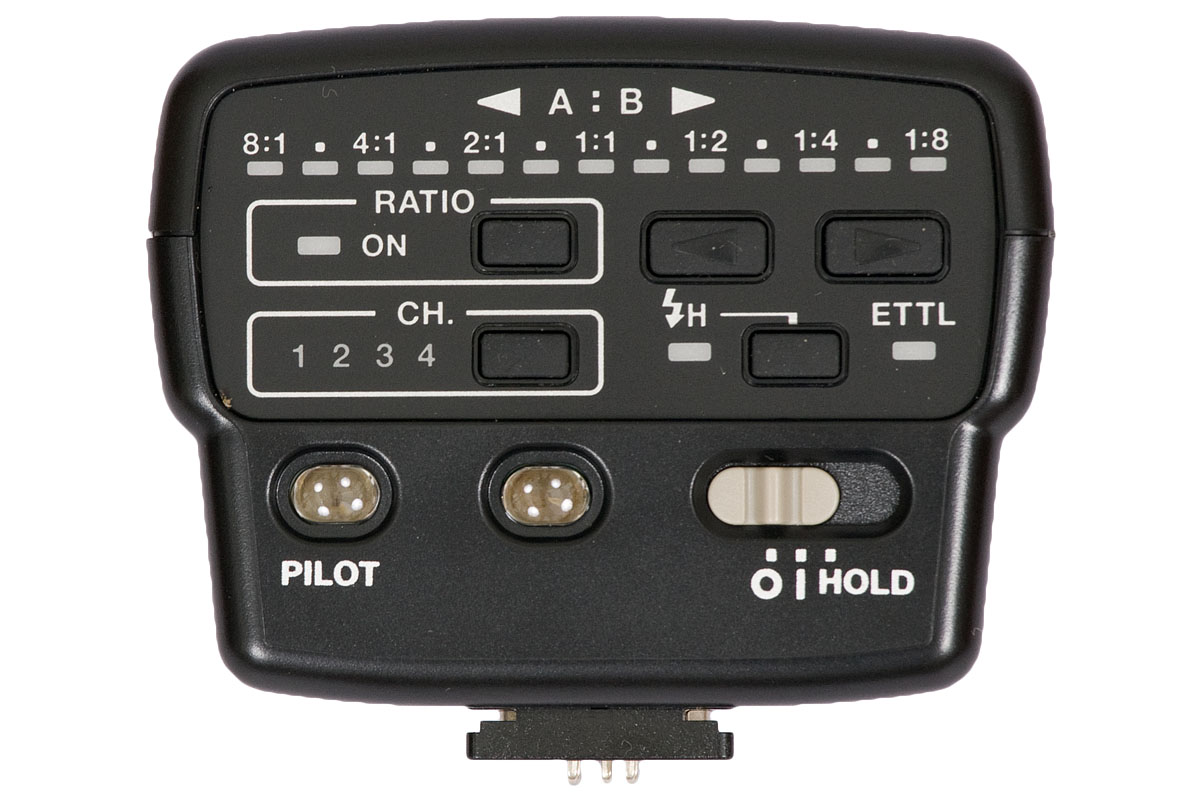
Introduction
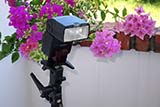 It is common knowledge that one of the worst places to fire a flash from is the hotshoe of your camera. This can result in glare, red-eye, and/or harsh shadows if there is a wall behind the subject.
It is common knowledge that one of the worst places to fire a flash from is the hotshoe of your camera. This can result in glare, red-eye, and/or harsh shadows if there is a wall behind the subject.
In some situations this is the only option. To improve the shortcomings of a hotshoe-mounted flash you can add some kind of a diffuser to your flash unit or bounce the flash off a wall or ceiling, but even bounced flash can result in harsh shadows.
The alternative is to move the flash unit away from the lens axis. This can be done either with a bracket attached to your camera or mounting the flash on a lightstand. To trigger the flash once it is off the camera you can use a simple synch cord.
Alternative, if you don't want to use a cord, you can use a radio-controlled or infrared wireless transmitter device to trigger the off-camera flash(es). The Canon ST-E2 is simply Canon's infrared device to trigger flash units mounted off-camera.
I bought an ST-E2 when I started getting interested in lighting but it was a poor buy for reasons I will outline below. The unit only works with certain Canon flash units that can be set as Slave units. I use mine with a Canon 550EX and Canon 430EX II. Check first to make sure that your flash can be used as a Slave with the ST-E2. With the 550EX there is a physical switch that can be set to 'Slave', 'Master', or 'Off'. With the 430 EX II the unit is set as a Master or Slave by pushing various buttons on the back of the flash.
 After buying the ST-E2, I bought a complete budget studio lighting kit (three strobes, three light stands, two umbrellas, and everything else that is required) which cost me less than the ST-E2 alone. Once you get into off-camera lighting it needs several components, and the infrared triggering device is just one component of course.
After buying the ST-E2, I bought a complete budget studio lighting kit (three strobes, three light stands, two umbrellas, and everything else that is required) which cost me less than the ST-E2 alone. Once you get into off-camera lighting it needs several components, and the infrared triggering device is just one component of course.
If you start buying everything separately (extra Canon flash units, lightstands, umbrellas, brackets, etc.), it starts to get very expensive. The kit I bought does a great job and it worked out at a fraction of the price.
The ST-E2 is dedicated to the Canon flash system, of course, and does offer some advantages over a cheap studio lighting kit. It allows you to retain E-TTL II/E-TTL exposure control so that the flash unit/s pump out just the amount of light. With my studio kit I get a fixed amount of light each time the strobes trigger and I have to think a lot more about exposure settings.
The proprietary Canon system is all battery powered and completely portable. This means you can use it in the middle of a field, but for my lighting kit I need AC power. On the other hand, batteries run out and battery-powered flash units can't produce as much light as AC powered lights. It's pros and cons.
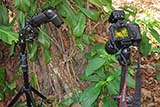 The ST-E2 will trigger all flash units set as Slaves that are within range (the range is about 15m indoors according to Canon's specifications). To prevent unwanted firing when two or more ST-E2's are being used in close proximity, each device can be set to a different one of four channels: 1 to 4.
The ST-E2 will trigger all flash units set as Slaves that are within range (the range is about 15m indoors according to Canon's specifications). To prevent unwanted firing when two or more ST-E2's are being used in close proximity, each device can be set to a different one of four channels: 1 to 4.
Slave units can be designated as A or B. You can set as many Slave units in either Group A or Group B as you wish. An A:B flash ratio can then be set on the ST-E2 to vary the output between A flash units and B flash units (1:8 to 1:1 to 8:1). The idea of this is to create lighting that isn't flat and boring. With my studio lights I can't do anything like this and have to physically move the lightstands closer to or further away from the subject to achieve the same effect.
Compared to a budget studio lighting kit then, the advantages of the ST-E2 system are portability, flexibility with lighting adjustments, and the ability to retain E-TTL II/E-TTL.
The disadvantages are cost and relatively low power.
The ST-E2's infrared output also doubles as a focus-assist device. I don't suffer from any focusing problems but I have heard of this device being used just to assist focus, rather than for its intended purpose.
The unit is powered by a single 2CR5 lithium battery which should be good for around 1,500 transmissions.
Canon 90EX Speedlite
If you want to control off-camera flashes there are lots of options. The ST-E2 uses infrared and although this can bounce off walls and ceilings it has its limitations. The flashes it controls will only work reliably if they are in line of sight and not too far away.
Radio-controlled systems work a lot better and at greater distances. Canon now has radio-controlled Speedlites and the ST-E3-RT radio-controlled transmitter to control them. There are also lots of Third Party manufacturers that make radio-controlled transmitters and receivers to control off-camera Speedlite systems.
However, if you want to move to a radio-controlled system you will need to upgrade all your Speedlites and that will be quite expensive.
If you are happy keeping an infrared system, or if the cost of changing to a radio-controlled system is prohibitive (it is for me), the Canon 90EX Speedlite is a good alternative to the ST-E2. This is the tiny dedicated flash for the EOS M, but it is fully compatible with other Canon EOS bodies.
It can be used as a simple low powered flash or it can be used as a Master controller to control other Speedlites wirelessly. It's actually more flexible than the ST-E2 in that it can control three flash groups (A B C) rather than two (A B). If you set any of your Speedlites to Group C the ST-E2 cannot control them. Another advantage is that it uses widely available AAA batteries instead of the 2CR5 battery used in the ST-E2.
The only advantage I can see that the ST-E2 has over the 90EX is that there is a test transmission button that you can press to check that all your Speedlites are being triggered.
Details
Weight: 3.5oz; 99g (without battery)
Battery: 2CR5 (weight 1.6oz; 45g); 6 volts; approx. 1,500 transmissions
Maximum working range: 8m to 10m (outdoors); 12m to 15m (indoors)
Date Purchased: July 2006
Supplier: Fotofile, Bangkok, Thailand
Price: 10,220 Thai Baht
Soft Case: LP811 (included)
Other Review Pages You May Be Interested In

